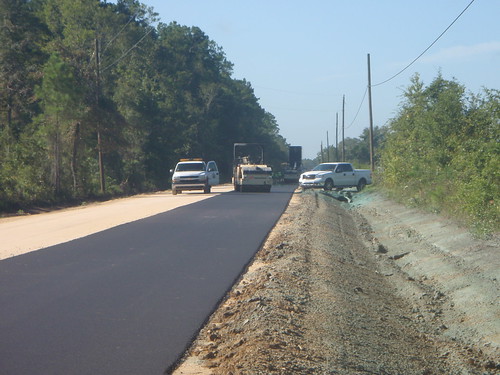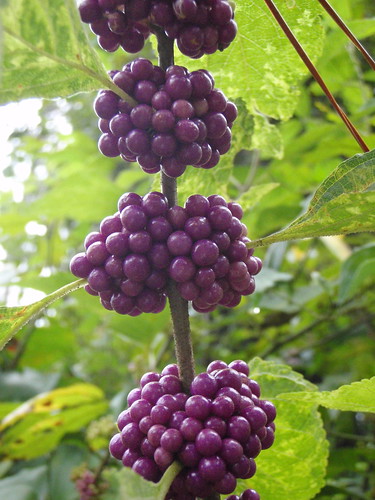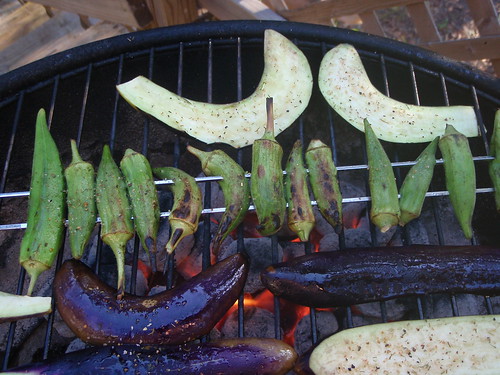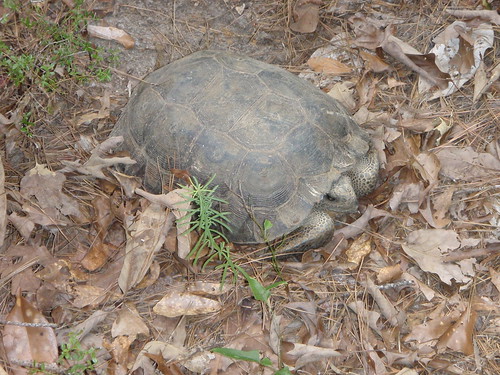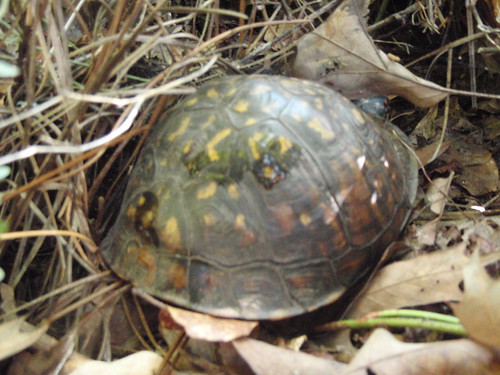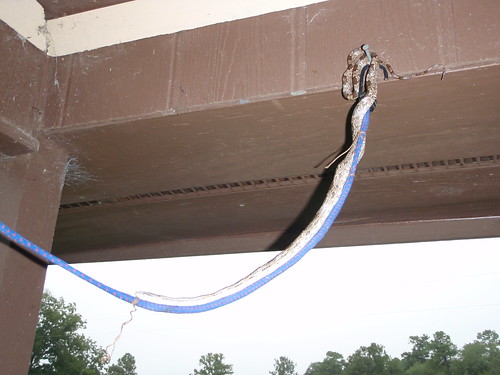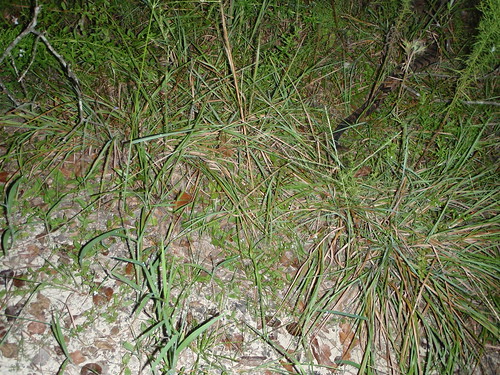
Monsanto CEO Hugh Grant |
Bloomberg news
reports:
By Jack Kaskey
Aug. 13 (Bloomberg) — Monsanto Co., the world’s largest seed maker, plans to charge as much as 42 percent more for new genetically modified seeds next year than older offerings because they increase farmers’ output.
Roundup Ready 2 Yield soybeans will cost farmers an average of $74 an acre in 2010, and original Roundup Ready soybeans will cost $52 an acre, St. Louis-based Monsanto said today in presentations on its Web site. SmartStax corn seeds, developed with Dow Chemical Co., will cost $130 an acre, 17 percent more than the YieldGard triple-stack seeds they will replace.
That’s quite a price hike! Why are they doing this?
The new seed boosts yields 5 percent to 10 percent compared with other products, partly by reducing the amount of land that must be planted with conventional corn to 5 percent from 20 percent, Monsanto said.
“They are in essence splitting the value of the extra yield 50-50,” Gulley said by telephone.
It will be interesting to see if farmers really do get such improved yields. If not, there’s a simpler possible reason for the price hike: now that Monsanto has gotten pretty near every farmer locked in to using its seed, it’s exercising its monopoly power and raising prices to increase its profit.
Meanwhile, is Monsanto splitting the costs of all the dead birds, frogs, house pets, and ill humans caused by their chemicals? Or the costs of the epidemic of obesity caused by the high fructose corn syrup that their corn is used for? Ah, no. Those would be what Bloomberg would call economic externalites, which is to say other peoples’ problems. Monsanto gets the profits; the rest of us get the problems.
Hm, maybe somebody should investigate.
-jsq
